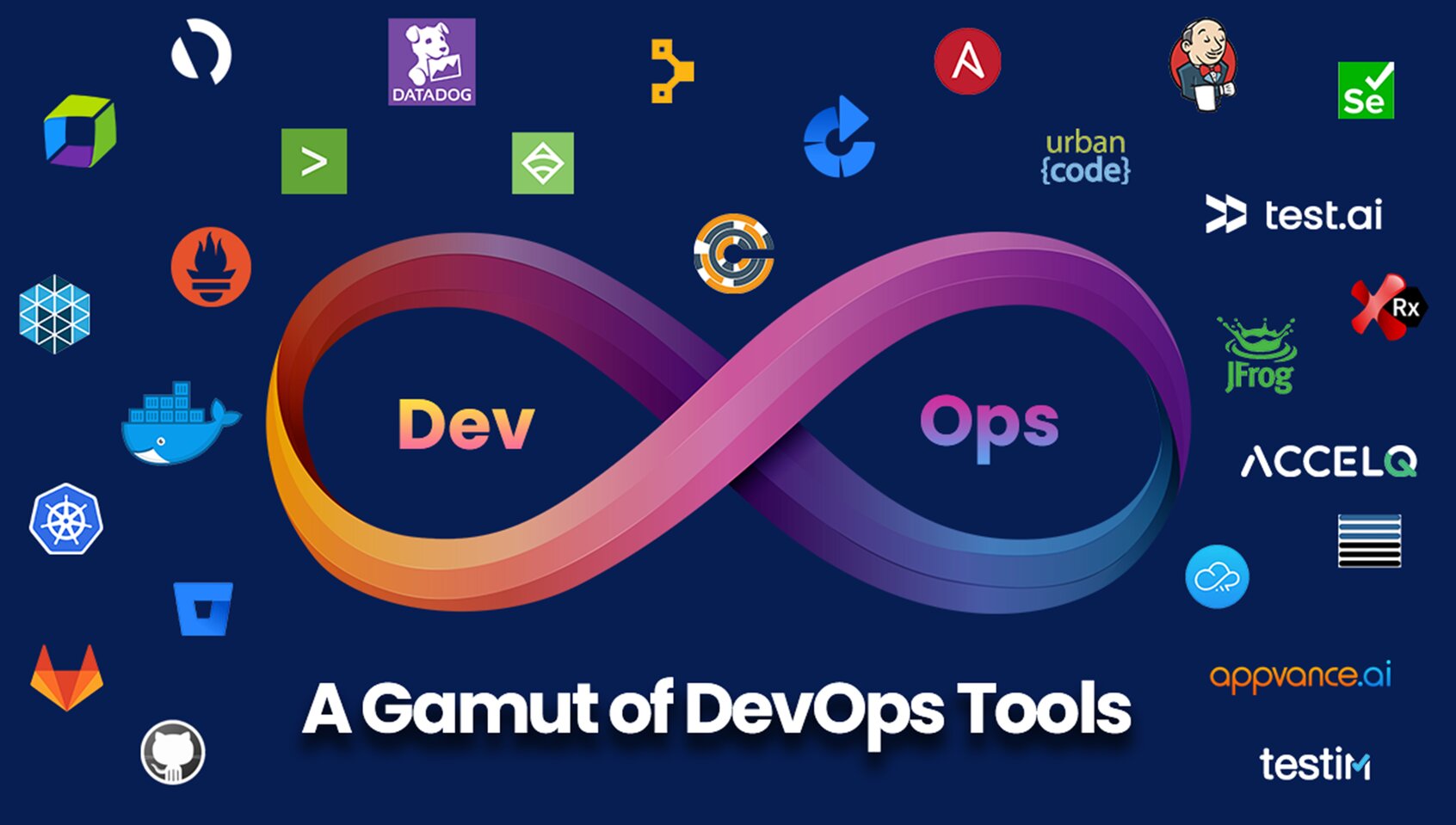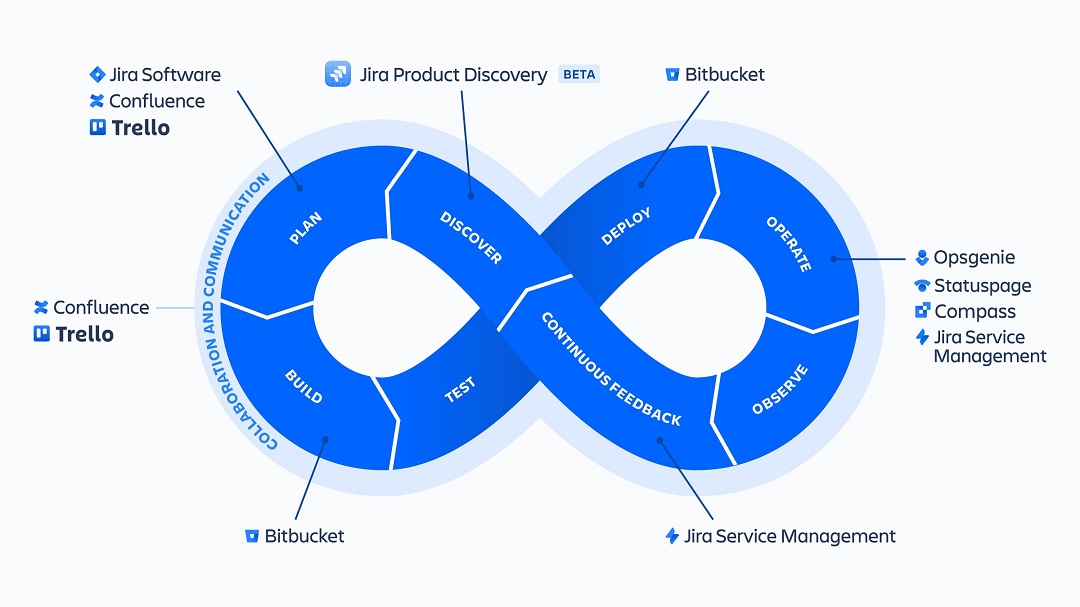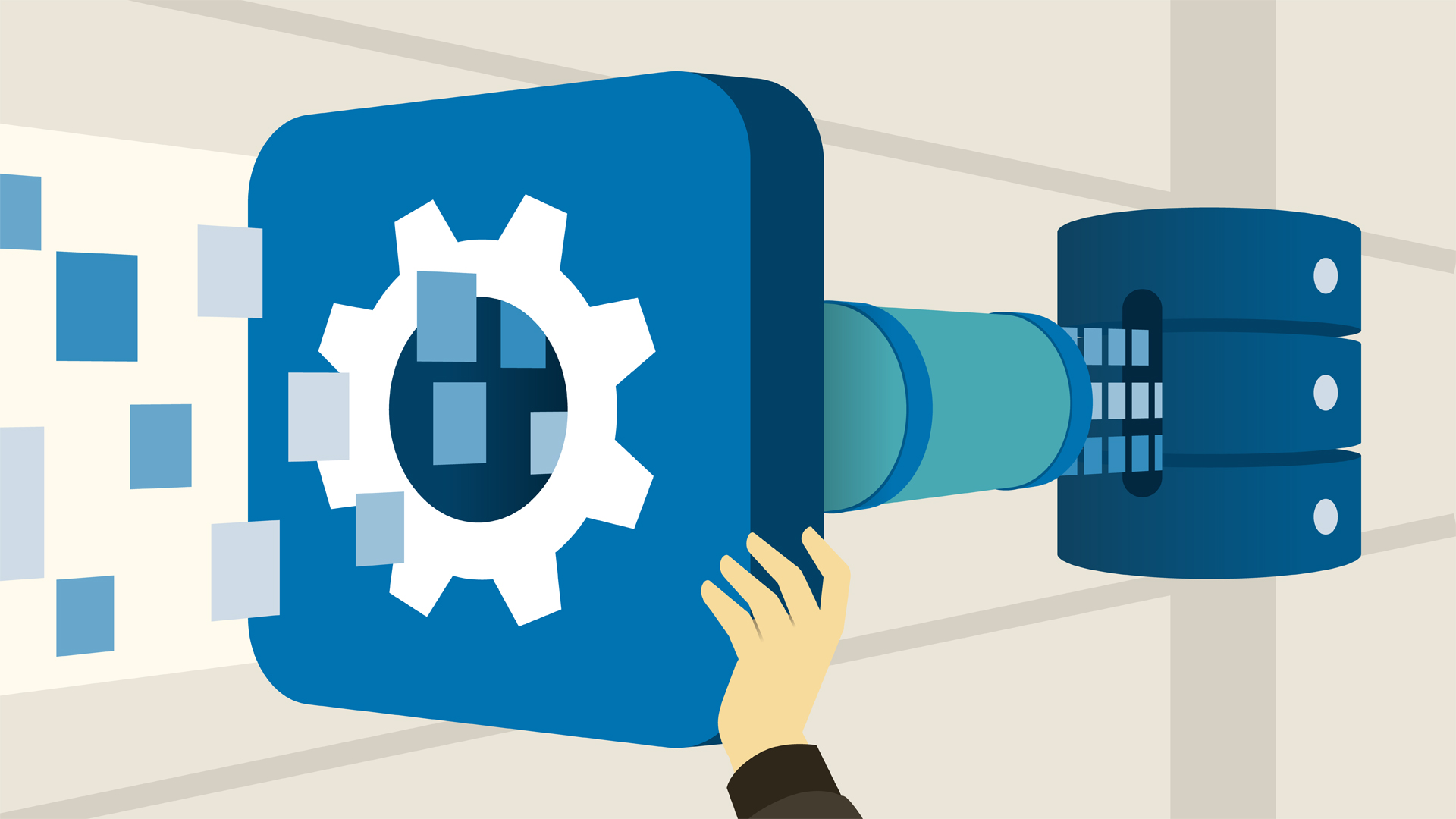Mastering the Cloud - A Comprehensive Guide to Cloud Engineering
Published

introduction
Cloud engineering is a rapidly evolving field that is changing the way companies and organizations design, deploy and manage their IT infrastructure. In this blog post, we will cover the fundamental concepts of cloud engineering and explore best practices for navigating the cloud landscape. We will also discuss key strategies for building resilient and scalable cloud architectures, automating cloud deployments using Infrastructure as Code (IaC), ensuring cloud security, and optimizing performance and costs in the cloud.
Understanding the Basics of Cloud Engineering: A Deep Dive into Cloud Computing Concepts

Those : rawpixel.com
Cloud computing has become the foundation of modern IT infrastructures, enabling businesses to leverage on-demand computing resources, scale dynamically, and only pay for what they use. In this section, we provide a comprehensive overview of the concepts of cloud computing, including Infrastructure as a Service (IaaS), Platform as a Service (PaaS), and Software as a Service (SaaS). We will also look at deployment models such as public cloud, private cloud and hybrid cloud, as well as cloud service models such as compute, storage, networking and databases.
Navigating the Cloud Landscape: Choosing the Right Cloud Service Providers and Tools

Those : forbes.com
With the plethora of cloud service providers and tools available on the market, choosing the right one for your business can be a difficult task. This section provides guidance on evaluating and selecting cloud service providers based on factors such as cost, reliability, performance, security, and compliance. It also introduces popular cloud tools and services for managing and monitoring cloud resources, as well as automating deployments, backups, and scaling.
Building Stable and Scalable Cloud Architectures: Best Practices and Design Patterns

Those : openfox.com
Developing stable, scalable, and high-performance cloud architectures is critical to ensuring the availability and reliability of cloud-based applications. This section discusses best practices and design patterns for building cloud architectures that can handle the dynamic nature of cloud computing, including concepts such as fault tolerance, load balancing, auto-scaling, and distributed systems. We will also explore techniques for developing multi-cloud and hybrid cloud architectures to maximize redundancy and minimize downtime.
Automated Cloud Deployments: Harnessing the Power of Infrastructure as Code (IaC)
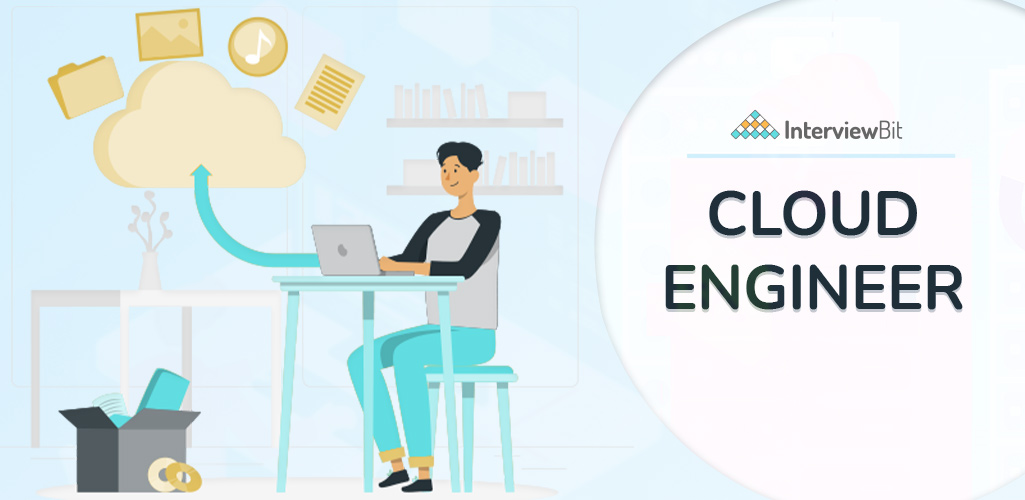
Those : interviewbit.com
Infrastructure as Code (IaC) is a powerful approach that enables cloud engineers to treat infrastructure configurations like code, enabling automation, version control, and reproducibility. In this section, we'll look at the benefits of using IaC and explore popular tools like Terraform, CloudFormation, and Azure Resource Manager for automating cloud deployments.
Ensuring Cloud Security: Strategies for Protecting Data and Applications in the Cloud

Those : cloudcarib.com
Security is an important concern for companies when it comes to using cloud services. In this section, we will explore strategies for ensuring the security of data and applications in the cloud. Best practices for securing cloud resources are discussed, including concepts such as authentication, authorization, encryption, and auditing. We'll also look at cloud-native security services and tools for monitoring, detecting, and mitigating security threats in the cloud.
Optimizing performance and costs in the cloud: Strategies for efficient resource management
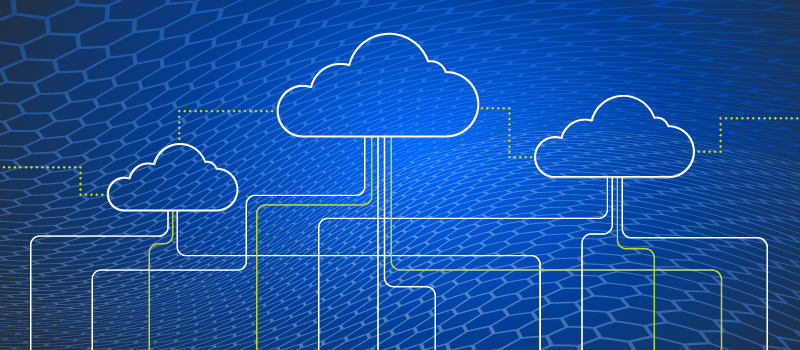
Those : extendedlearning.ubc.ca
Performance and cost optimization are critical factors in cloud development as they directly impact user experience and operational costs. This section discusses strategies for optimizing performance and costs in the cloud, including resource allocation, monitoring, and tuning techniques. We will explore tools and services for managing performance, cost, and usage of cloud resources, as well as best practices for optimizing workloads, storage, networks, and databases in the cloud.
Unlocking the Power of Cloud Engineering: Best Practices for DevOps, Monitoring, Migration, and Innovation

Those : seagate.com
Cloud engineering is not just about designing and deploying cloud architectures, but also leveraging best practices for DevOps, monitoring, migration, and innovation. In this blog post, we will explore the key strategies and challenges in these areas to help companies maximize the benefits of cloud computing. From continuous delivery and integration using DevOps practices, to monitoring and troubleshooting the cloud, to successfully migrating to the cloud and exploring advanced cloud capabilities for modern applications, we provide insights and recommendations for unlocking the full potential of cloud Engineering.
Leveraging DevOps in Cloud Development: Achieving Continuous Delivery and Integration
DevOps practices that emphasize collaboration, automation, and cultural change can significantly improve the efficiency and effectiveness of cloud engineering processes. This section discusses how companies can leverage DevOps principles in their cloud engineering workflows to achieve continuous delivery and integration. We will explore topics such as version control, automated testing, continuous integration and delivery, and deployment strategies. Additionally, we will highlight the benefits of DevOps practices in cloud development, including increased agility, faster time to market, and improved quality.
Monitoring and troubleshooting the cloud: Best practices for identifying and resolving problems
Monitoring and troubleshooting are important aspects of managing cloud resources and applications to ensure their availability and performance. In this section, we'll cover best practices for monitoring and troubleshooting in the cloud, including selecting appropriate monitoring tools and services, setting up monitoring alerts and notifications, analyzing and troubleshooting performance issues, and detecting and resolving incidents. We'll also discuss techniques for logging, tracking, and troubleshooting cloud-based applications, as well as strategies for proactively monitoring and responding to incidents.
Migrating to the Cloud: Strategies and Challenges for Successful Cloud Implementation
Migrating to the cloud can bring many benefits, such as: B. increased scalability, flexibility and cost savings. However, it also presents challenges, including the complex planning, execution and management of the migration process. This section discusses strategies and best practices for a successful cloud migration, including evaluating and selecting workloads for migration, planning and executing the migration process, mitigating risks and challenges, and managing the post-migration phase. We will also highlight common challenges and real-world experiences of cloud migration.
